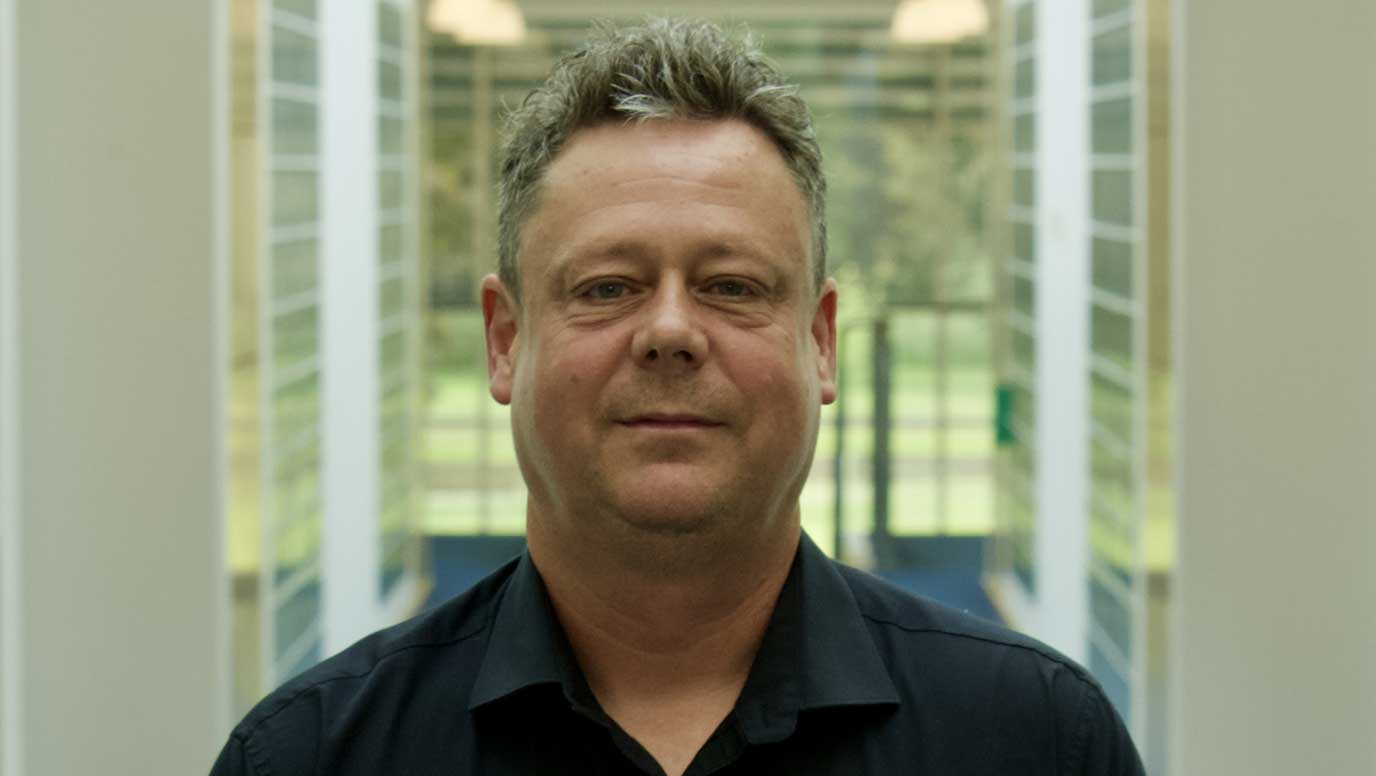Gates Foundation backs exciting Gene Weaver progress

The grant will support work on Gene Weaver’s gene editing platform and its potential to enable a low-cost option for protein therapeutics in low and middle-income countries.
Based at Chesterford Research Park, Gene Weaver will explore the activity of its novel programmable gene insertion technology in mammalian cells. This will extend its existing breakthrough in engineering efficient targeted large sequence DNA insertion to ready the novel proprietary platform for use in the next generation of gene therapy applications.
The Gene Weaver™ Technology Platform is a programmable system for controlled cutting and precision insertion of large payloads. The company has been able to exploit the characteristics of a naturally occurring gene delivery tool to create a fully controllable technology platform that has the flexibility to support a broad range of permanent nucleic acid edits, including large strand insertions.
With this disruptive technology, Gene Weaver is addressing the challenges facing the first generation of editing tools used to create the current genetic medicine pipelines across the industry. These challenges include variable site integration, limited size of base pair edits and low efficiency of manufacture - all of which limit the scope and applicability of these transformative therapeutics, especially in LMICs.
Niall Armes, founder of Gene Weaver, said: “We are delighted to receive this grant funding from the Gates Foundation. I believe this reflects the strong track record my team has had in building breakthrough new molecular technologies, like the RPA technology, over many years here in the Cambridge area and being thus a significant contributor to UK biotech.
“Our latest technology aims to disrupt the programmable gene integration technology arena overcoming the challenges that the ever-popular CrispR and similar methods have for this application. This is incredibly important because accurate integration of DNA cassettes will enable previously unattainable performance in human therapeutics as well as applied markets such as plant genome or chloroplast engineering.
“For example we envision greatly improved Car-T therapy when modification cargos can be delivered efficiently into the correct genomic loci rather than peppered all over the genome. This leads to much better performance and less chance of inadvertent damage to other genes. Really there is no end to how we could use this technology, it’s extremely exciting!”

